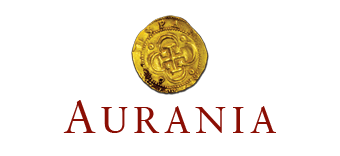Reports in the archives of the Vatican library, Logrono in Spain, Quito and Lima point to the gold-producing centres of Logrono and Sevilla (the “lost cities”) being in the Cutucu Cordillera in southeastern Ecuador. We’re using LiDAR to see through the thick vegetation to the floor of the jungle to identify vestiges of old workings from the Spanish Colonial mines. [See press release dated May 8, 2020]
Aurania is also working with Metron Inc. out of Virginia, USA, a company that specializes in combining hard scientific data with “soft” observations such as opinions and hearsay in searches. Their long history includes finding the USS Scorpion, a stranded US nuclear-powered submarine and the flight recorder from Air France flight 447 that went down over the mid-Atlantic in 2009. Metron uses Bayesian search theory as its main search tool. In Aurania’s Lost Cities Project, Metron is running our multiple datasets, combined with input from our experience in the exploration of the region, through its algorithms. Aurania’s exploration teams are using the same data and experience in their more typical approach of overlaying the various datasets to look for areas of interest that light-up in multiple layers.






